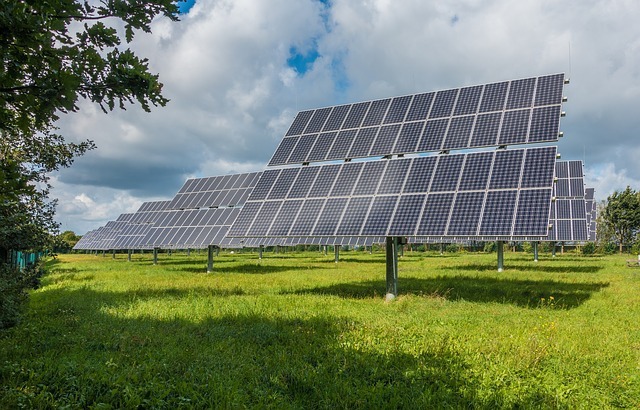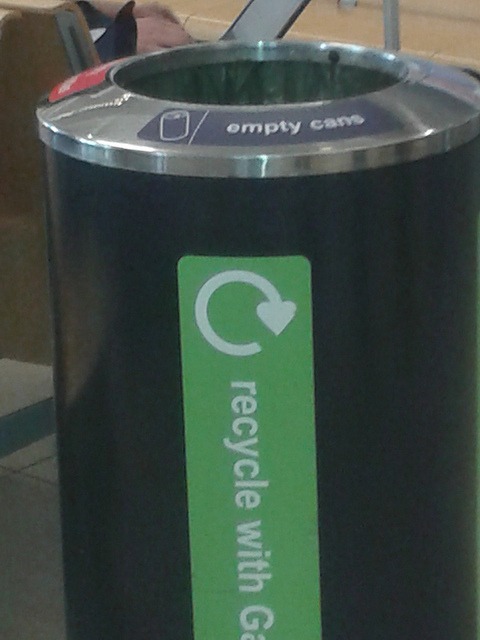
 Organisational environmental management, at its core, is about managing impacts to and by the business, and ensuring resources (energy, water, and production inputs) are used efficiently. There are a number of “LESE” drivers for doing this. Here are several programmes to help achieve that aspiration.
Organisational environmental management, at its core, is about managing impacts to and by the business, and ensuring resources (energy, water, and production inputs) are used efficiently. There are a number of “LESE” drivers for doing this. Here are several programmes to help achieve that aspiration.
Energy bills can represent a significant operating expense for any business. Whether your power supply is reliable, renewable, or self-generated, every business would like to see this cost decrease.
However, after years of capital expenditure (capex) projects, an organisation might find it difficult to identify additional projects—within a reasonable payback period—aimed at reducing its energy consumption. But unless the human element has been fully optimised, the potential further savings could be significant.
 While it’s true that vehicles, buildings, tools, machines, and machine assemblies consume power, the other half of the equation is people. Operators and their behaviours are a key component of non-capex based energy savings and optimisation efforts.
While it’s true that vehicles, buildings, tools, machines, and machine assemblies consume power, the other half of the equation is people. Operators and their behaviours are a key component of non-capex based energy savings and optimisation efforts.
My strategy involves five ‘Ps’ with regular, cross-functional participation across as many company sites as possible. Involving engineering and maintenance teams is essential for success. Best of all, input costs are typically low versus return (17:1 in my experience).
Renewable energy is not solely about achieving a zero or low carbon balance and thus helping to offset climate change (as laudable as these goals are). With falling costs per kilowatt hour and third party subsidies, where they exist, ‘de-fossilising’ a site’s energy mix can have cost, reputational, and client Scope 3 benefits.
Supply need not even be offsite, with plenty of industries realising the benefit from even small rooftop or other renewable installations. And with rapidly changing performance, it makes sense to periodically revisit a site’s renewable energy potential and cost-payback curve.
If one does not, it could cost in the long run.
 Streaming is another term for sorting. It is about separating different waste materials out onsite and ‘at source’—or where the waste is generated.
Streaming is another term for sorting. It is about separating different waste materials out onsite and ‘at source’—or where the waste is generated.
In developed countries with extensive waste collection and reprocessing infrastructure this is easy, and can save money or even generate its own income. It is even possible to achieve zero waste-to-landfill (or incineration).
But what about countries where recycling infrastructure is non-existent, the municipal dumpsite accepts everything from medical waste to rubble, or where open burning or dumping are the accepted norm? Here, more effort is required, but streaming onsite waste is still the first step.
Once a site knows what waste materials it has, it is easy to determine which ones have value. Metals, food and perishables, uncontaminated rubble, lumber, paper—all can be used by innovative third parties. This is the ‘circular economy’, and it is about one person’s waste being another’s input.
Some wastes are expensive to dispose because they contain hazardous substances. If a site is sending hazardous waste to a specialised landfill, and it is mixing in general waste, then it is paying a fortune in hazardous waste fees for nothing. It is also consuming the finite volume of that specially designed hazardous waste site with materials that should be disposed of elsewhere; this is an environmental cost. It may even be possible to treat the waste onsite to partially or totally neutralise hazardous components.
It is easiest to reduce waste volumes, which represents purchased materials not used as intended—a business cost—by targeting specific materials; it is a lot harder to try and reduce “mixed” waste.
There are always options, and they start at waste streaming.
 Production, canteens, WASH facilities, fire protection and more. Every business needs water for operations and for its employees. At the same time, clean water is predicted to become increasingly scarce and more costly.
Production, canteens, WASH facilities, fire protection and more. Every business needs water for operations and for its employees. At the same time, clean water is predicted to become increasingly scarce and more costly.
Part of the challenge with water optimisation schemes (if you have even heard of such a thing) is that the true cost of clean water is hidden by the many environmental functions that purify, transport and store it. If water, however, is essential for business continuity, then it is an operational environmental aspect (risk) that needs to be addressed.
The first step is to find out where the water comes from. Is it from one source, or many? Does it cross state or national borders (meaning someone else can turn off the tap)? Does it come from a protected source, or one that is overused? Are water cuts, or reduced or variable quality already a problem? Is the business’ water consumption reducing supply to, for example, a local community?
Once you have an understanding of supply and related issues, is an alternative needed? Are there alternatives? Most approach the latter question by installing a groundwater borehole. But is that sustainable? Is the water table being lowered due to over-use even whilst recharge rainwater is diverted directly to the storm water network?
Water is a complex issue. Look into it before it becomes an operational continuity or, possibly, a community reputation issue.
Just as every business requires water, everyone will also have this issue with wastewater, plus all the related regulatory standards and costs associated.
 Besides so-called grey- and black-water from WASH facilities, production can also result in one or more wastewater outputs. Can these different streams be mixed? Does the site have (or need) its own treatment system? Are all discharge points from site known? The last is easy to lose track of over time, or for large, complex and very old sites.
Besides so-called grey- and black-water from WASH facilities, production can also result in one or more wastewater outputs. Can these different streams be mixed? Does the site have (or need) its own treatment system? Are all discharge points from site known? The last is easy to lose track of over time, or for large, complex and very old sites.
Start by mapping out where water leaves the site, and by what means (for example the sewer, storm water, treatment plant, tanker). Does this water meet relevant standards? How good is the site at consistently achieving those standards—and thus avoiding legal non-compliance, fines, or even authority shutdown? Will separating (and then treating) or, alternatively, combining wastewater streams improve the situation or reduce costs? If a site repeatedly receives fines for the quality of its wastewater discharge, consider setting an onsite standard that is more stringent. By aiming for a higher target, at some additional cost, will the company prevent fines (and the needless regulatory attention this might generate)?
 Water supply or continuity and, to some extent, energy self-generation or self-reliance have both already been covered. But what other environmental or related aspects—such as pending laws, for example—represent threats to uninterrupted business operations?
Water supply or continuity and, to some extent, energy self-generation or self-reliance have both already been covered. But what other environmental or related aspects—such as pending laws, for example—represent threats to uninterrupted business operations?
It is not only listed multinational companies that should be asking these questions. Every business is situated in an environmental context. Be it predicted shifts to rain and cropland, increased adverse weather, extremes of water supply, land use change and more, all businesses should assess their risk so they can plan, prepare or act.
Engaging on environmental (and health and safety) matters with your firm’s supply chain is not just the domain of multinationals. Collaborating on the elimination of environmental threats to business continuity makes sense to all business parties, large and small.
Why? Because if your firm is waiting on a critical parts delivery that is stranded in a rail siding due to unseasonal snowfall, it might be too late to find an alternative business continuity solution.
The first step in any engagement of this type is to build trust; if you are approaching suppliers, they might well interpret your efforts as meddling or with the intention of cost pressure. While cost reduction might indeed be one outcome, your main priority is business continuity—yours and your suppliers’. Any cost benefits eventually passed on are additional.
This links back to waste and supplier engagement. An economic definition of ‘waste’ might be: the value lost to a business for a purchased input not used as intended. Put another way, waste is a cost-to-company.
Some waste arises due to machine start-up, re-calibration, or production run switches—for example, between brands. Other wastes arise due to handling issues, for example forklift damage, indelicate handling, accidental contamination, and more.
Inevitably, waste will occur as an unavoidable part of everyday business—except that some of your colleagues might have an innovative idea to save a few cents here and there.
Having both formal and informal resource reuse (or reduction) efforts can encourage these untested ideas. Some will fail, but others might succeed—and contribute to waste reduction, environmental management, and company cost avoidance.
Environmental management is about reducing impacts to the business and by the business, and using resources efficiently. There are many way to do this—the above eight programmes are part of the solution.
Photo credits: mrganso via pixabay.com; erwo1 via iStock.com; eltpics via flickr.com (common creative); Pexels via pixabay.com; ruhrblicke via flickr.com (common creative); CSchmidt-EC via pixabay.com;
© Nick Hart (2017) All rights reserved. #hsestrategy